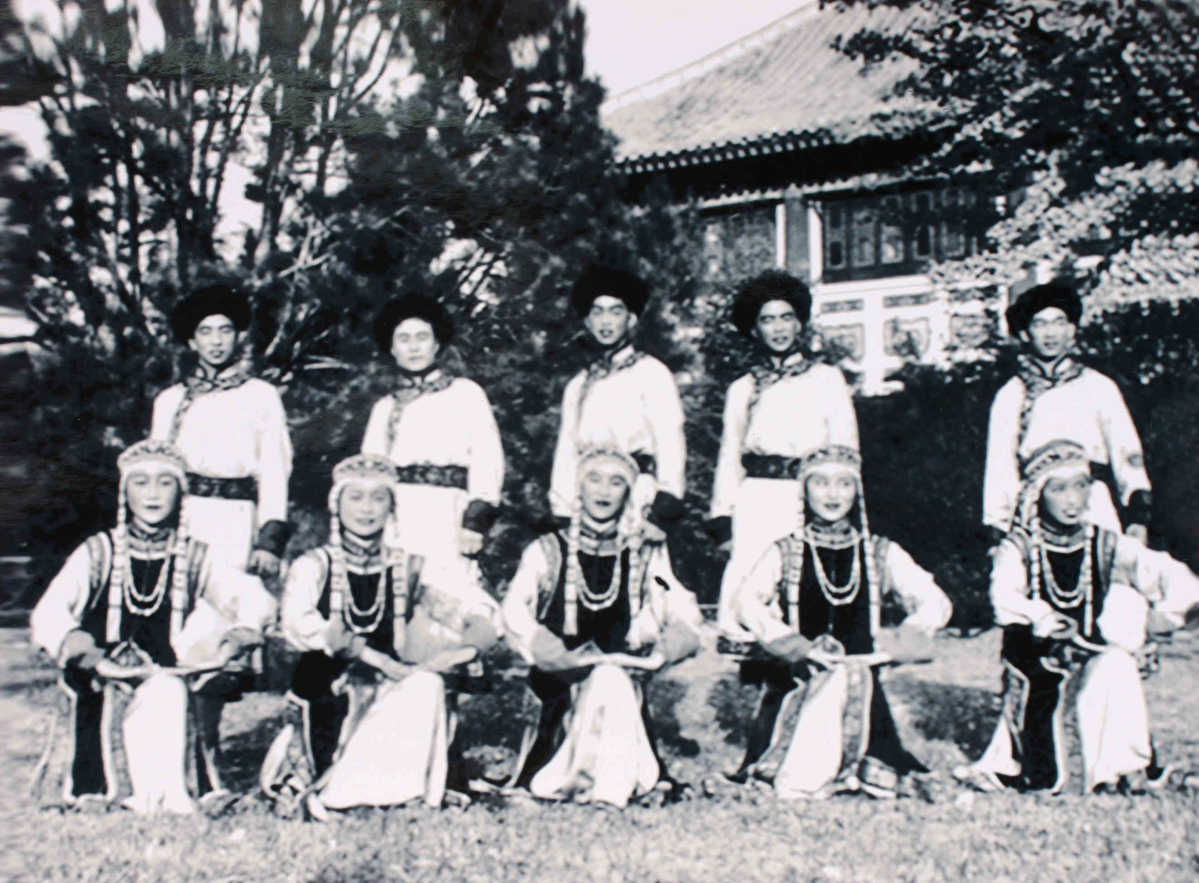China's Nuclear Expert Recognized for Breakthroughs, Global Contribution

Wang Dazhong. [Photo provided to chinadaily.com.cn]
Wang Dazhong, a renowned nuclear energy scientist, was awarded the State Preeminent Science and Technology Award for 60 years of dedication to the development of nuclear energy technology, and for helping advance China's scientific, economic and national defense strengths.
Wang, who is also an academician at the Chinese Academy of Sciences, led the research, design and operation of China's first 5MW Low Temperature Nuclear Heating Reactor (NHR-5) and later of its 10MW High Temperature Gas-cooled Reactor (HTR-10). Both bolstered the inherent safety of nuclear energy, as well as the application of clean energy.
Wang said that his award belongs to all hardworking SciTech workers and that "scientific research is a noble cause, worthy of a lifetime of pursuit".
Likening scientific research to climbing mountains, he said that the road to success is full of difficulties and risks and requires the ability to analyze problems, the courage to explore "no man's land", and resilience in the face of failure.
"Our nation is in its best period of development. Scientific self-reliance is a strategic support for national development. All SciTech workers should dedicate themselves to self-reliance and innovation in science and technology, which is an important way to show love for our motherland," he added.
Wang's engagement in nuclear energy began in the 1950s. In 1955, the Chinese government outlined a strategic plan to develop nuclear energy. Consequently, Tsinghua University set up its Department of Engineering Physics in 1956. Wang was one of the first batch of students to specialize in nuclear reactor studies.
Following Three Mile Island in the US in 1979 and Chernobyl in the Soviet Union in 1986, scientists all over the world have worked hard to ensure that reactors are made "inherently safe", meaning that they do not rely on countermeasures powered by external (and hence potentially fallible) resources to remain stable.

Wang Dazhong, right, talks with Lin Jiagui, then-deputy director of the Institute of Nuclear Energy at Tsinghua University, in the 1980s. [Photo provided to chinadaily.com.cn]
Despite a great deal of theoretical research on the subject, achieving inherent safety remained a major engineering difficulty. Wang decided to have his team focus on the subject, as he believed safety was the key to the future development of nuclear energy.
In 1982, Wang and his colleagues began to research Low Temperature NHR (nuclear heating reactors). It was his wish that any reactor they developed should not only be safe, but also able to generate district heating to help solve China's energy problems. The team spent a year discussing proposals, visiting and investigating different types of heating reactors in Europe, before finalizing their own design.
Their 5MW Nuclear Heating Reactor (NHR-5) went into operation in 1989. Low temperature, low pressure and low power density, it featured a natural circulation mechanism to remove residual heat, as well as the hydraulic-driven design of control rods. Many key technological breakthroughs were made.
The NHR-5 is considered to be forward-looking, as using natural circulation in a water cooled nuclear energy system later became one of the main technological trends of the 21st century. The project also won first prize of China's State Scientific and Technological Progress Award in 1992.
In 1981, Wang was working in Germany's Juelich Nuclear Research Centre as a visiting scholar, when he came across the modular High Temperature Gas-Cooled Reactor (HTGR), a newly developed concept proposed primarily in Germany, which was based on the lessons learned from the Three Mile Island accident. Its design aimed to greatly improve nuclear safety by eliminating the possibility of a core meltdown.
In 1982, he returned to China and was appointed deputy director of the Institute of Nuclear Energy Technology at Tsinghua University. While developing the Low Temperature NHR, he also began to plan the research and development of HTGR.
Wang decided to focus on a modular reactor based on what is called "pebble bed technology", which is characterized by the use of spherical fuel elements known as pebbles. As its name suggests, these pebbles are piled up to form a bed, which serves as the reactor core.

Wang Dazhong, back row, first from left, and his dance teammates at Tsinghua University. [Photo provided to chinadaily.com.cn]
Between 1987 and 1990, Wang and his team made important breakthroughs in key technologies related to helium coolants and fuel elements. In 1992, the State Council approved the building of an experimental 10MW HTGR at Tsinghua University. The reactor reached criticality in 2000 and full power operation in 2003. Its completion ushered in a new generation of nuclear energy systems that effectively eliminate the possibility of reactor core meltdown.
At the first session of the 10th National People's Congress, the HTGR was introduced in the 2003 Government Work Report as one of the four major scientific and technological achievements influencing the world. It also helped Wang pocket first prize in the State Scientific and Technological Progress Award again in 2006.
The following decade, he and his team continued to promote cooperation between the research institute and industry partners for the commercial application of their innovative reactor technology. Their achievements helped China independently master modular HTGR technology, and create a comprehensive development chain, from basic scientific research to commercial manufacture.
He Jiankun, former executive vice-president of Tsinghua University, said Wang's scientific achievements have paved the way for the future application of clean energy as China strives to become carbon neutral.
Nuclear power emits zero carbon and can ensure the safe and stable operation of the power grid. Being inherently safe, Modular HTGR can also generate hydrogen while producing electricity, which can be used to replace fossil fuels as a heat source.
"This technology will make significant contributions to the transition of the energy structure, to zero carbon emissions, and to the sustainable development of the world," he added.
